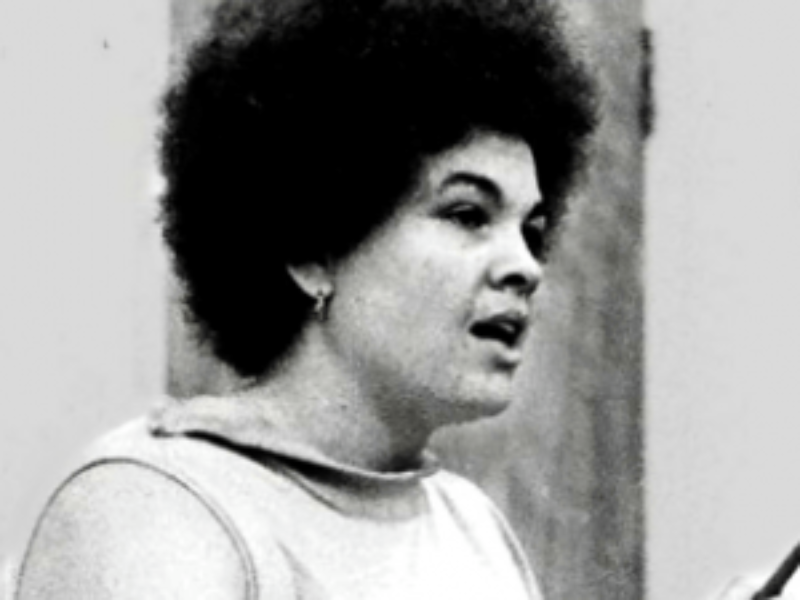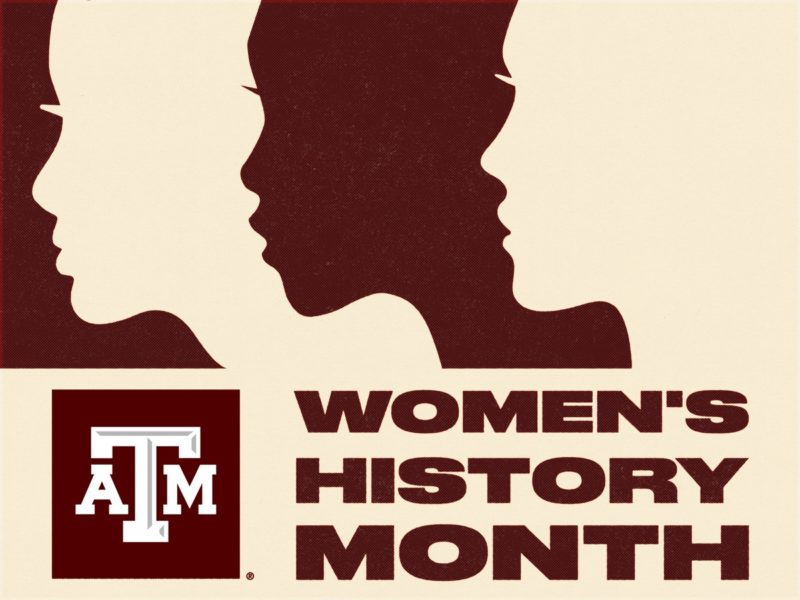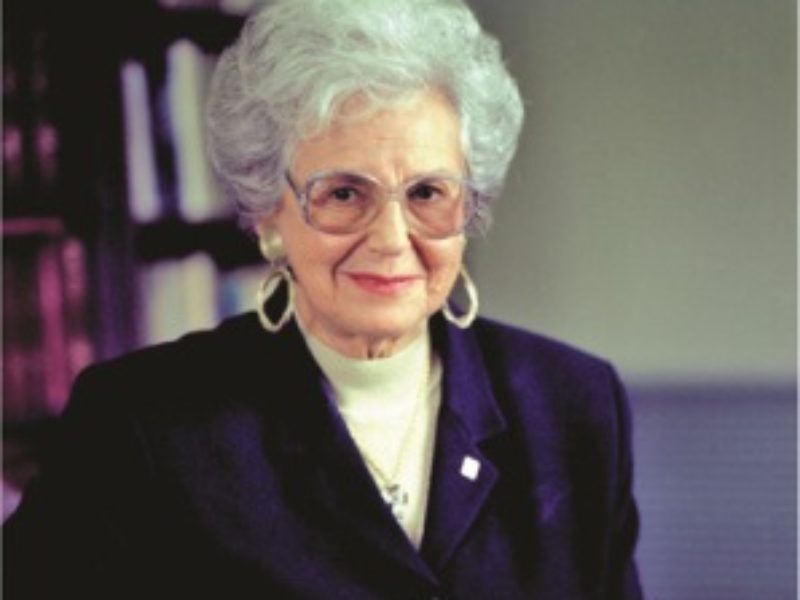Honoring Women Throughout History
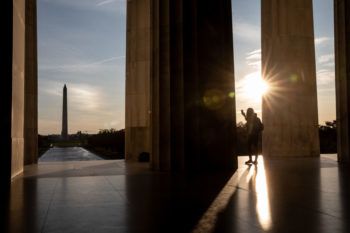
A new Smithsonian museum honoring women’s history is planned for the National Mall in Washington, D.C. following Congress’ approval at the end of 2020.
For Women’s History Month, Texas A&M University historians Sonia Hernandez and Sarah McNamara, both of the Department of History in the College of Liberal Arts, discuss the museum’s significance. McNamara said Women’s History Month is essential to the national and global understanding of the way women have shaped the world.
“Popular conceptions of history often overlook the influence of women or erase women fully,” she said. “If someone were to ask the average person about a particular moment in history and in turn that person closed their eyes, the odds that they would envision a woman is low. But, women make and have made history. Women’s History Month brings attention to this fact.
Why do you think the creation of this museum is necessary?
Hernandez: I am absolutely thrilled that Congress approved both a Smithsonian Women’s History Museum and a Smithsonian National Museum of the American Latino. Reflecting upon historical moments, figures, and historical processes helps us all be better equipped to deal with contemporary issues and challenges.
Learning about the myriad contributions of two misrepresented and underrepresented groups in American history is learning about American history in a fuller, more comprehensive way. U.S. history is complex with dark chapters as well as episodes of triumph, successes, and hope. Knowledge about our past in all of its facets and complexities not only makes us more aware of the different actors and moments that make up our nation’s history, but prepares us to listen to different viewpoints.
McNamara: The creation of this museum is essential. It has the ability if done well, to reshape popular conceptions of women’s influences on national histories. As a historian, there is nothing that I see more clearly than the power that museums and monuments have on people’s believed knowledge of history. Museums that have inaccurate or poor historical interpretation and monuments that obscure reality are particularly damaging because they promote a version of the past (not history) that is based on myth rather than sound research. Professional historians are rarely consulted on monument creation and museums rarely employ professional historians.
The Smithsonian operates by a different standard and professional historians are typically involved in the curation and design process. This museum is an opportunity to create a powerful museum of women’s history that does not essentialize the experiences of women to one narrative or celebrate a few big names. There are models of how to do this well, some of them on the National Mall, and I hope those involved in the creation of the museum follow these models of curation.
To be clear, the Women’s History Museum is the result of decades of advocacy by women’s historians, women’s rights activists, and women politicians. While the 2020 stimulus granted the federal money and support, the drive to create this museum has been a long process. Not only is the museum necessary, but it is also overdue.
What do you hope visitors will take away from visiting the museum?
Hernandez: I hope the visitors will take away a sense of connection, a sense of broader knowledge of a more diverse group of American historical actors, a sense of belonging.
McNamara: I hope visitors walk away from the museum with four core lessons. First, that women have always worked. Second, for as long as women have been able to become pregnant, women have controlled their reproductive lives. Third, those women have always been involved in political decisions. And finally, that “women” is not a singular category or a singular story.
A woman’s race, class, ethnicity shape their experiences, choices and lives. For example, last year was the centennial of the passing of the Nineteenth Amendment, but the simple passage of this amendment did not make it possible for all women to vote. For example, in states like Texas discriminatory laws such as poll taxes, and the threat of extralegal violence, made it nearly impossible for most Black women and many Latinas to vote in the state. It took the passage of the Civil Rights Act and the Voting Rights Act to change this. This reality means that while white women can celebrate the 100 years of suffrage, that will not be a reality for many women of color until 2065. I hope these nuances are a part of the museum.
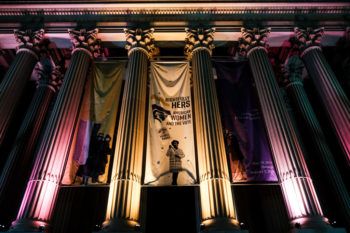
If you visit the museum, what would you look forward to seeing most?
Hernandez: I would look forward to seeing little-known women, connections between regional women’s activities/histories with greater national moments/histories, firm connections between women from disparate communities but who have all contributed and formed part of this greater narrative of American history.
McNamara: I would look forward to a museum that is diverse and representative of the varied experiences of womanhood. There is a myth that by virtue of being a woman, that all women unite and empower each other equally. While at times this is true, oftentimes it is not. Women can unite on the basis of being women, but women can also oppress other women. I hope the museum does not shy away from stories of labor movements, immigration, racism, and sexism.
The most recent Smithsonian added to the National Mall – the National Museum of African American History and Culture – is absolutely phenomenal. But what makes it so good is that it was designed to immerse the visitor in a history that is factual and grounded in sound research. A visit to this museum has the ability to leave a visitor feeling empowered, saddened, enlightened, and uncomfortable at the same time because the history told in this museum is not intended to gloss over portions of U.S. history that we often try to hide. Histories of triumph have power as do those of trauma. I hope the National Women’s History Museum remembers to call on the expertise of the many U.S. women’s historians throughout the nation to create a museum that celebrates women, in the plural, rather than one definition of woman – even if that makes some uncomfortable.
Who are some figures you would like to see recognized?
McNamara: I’d like to see a history of women that is more than a history of big names. I’d love to see those like Emma Tenayuca, a labor organizer from Texas; Luisa Moreno, a labor organizer from Guatemala who traveled and organized women throughout the U.S.; Ida B. Wells, the famed African American journalist from Mississippi who waged a national campaign against the lynching of Black men; Pauli Murray, lawyer, civil and women’s rights activist, Episcopal priest and writer; and so many more.
As the museum takes on histories of World War II, I hope the stories of Japanese-American women in U.S. internment camps are as present as the testimonies of many “Rosie riveters.” My hope is that a visitor leaves the museum seeing themselves in the story that is told and that they learn what it is like to live a life unlike their own.
What movements do you think the museum should showcase?
Hernandez: I would like to see work experience before World War II (as a popular misconception is that women did not work for wages before World War II), especially work performed at home for wages, various cultural groups engaged in suffrage, women in politics and science, women’s diversity in the humanities and social sciences, and women who had an impact across geo-political borders.
McNamara: First and foremost the labor movement. Movements for labor-based equality are essential to women’s history. When I say labor, I do not mean simply the fight for equal pay – although this is part of it – but also the fight for women’s right to have control over their labor, their bodies and their work. In the 20th century, women who were active in labor unions during the 1930s went on to be leaders in the civil rights and women’s rights movements. Understanding these intersections is important.
Next, I hope the movement for reproductive justice is included in the museum. Sometimes people are afraid to discuss this history because it is such a contentious component of our present-day politics. But, if we think about this movement historically, that controversy falls away. Women in early America controlled their reproductive lives just as those in the present seek to do. There is nothing “new” about this topic. The history and research are there, it is up to consider it seriously even if it makes some uncomfortable.
Read the full interview on the College of Liberal Arts website.
This article by Mia Mercer originally appeared on the College of Liberal Arts website.
